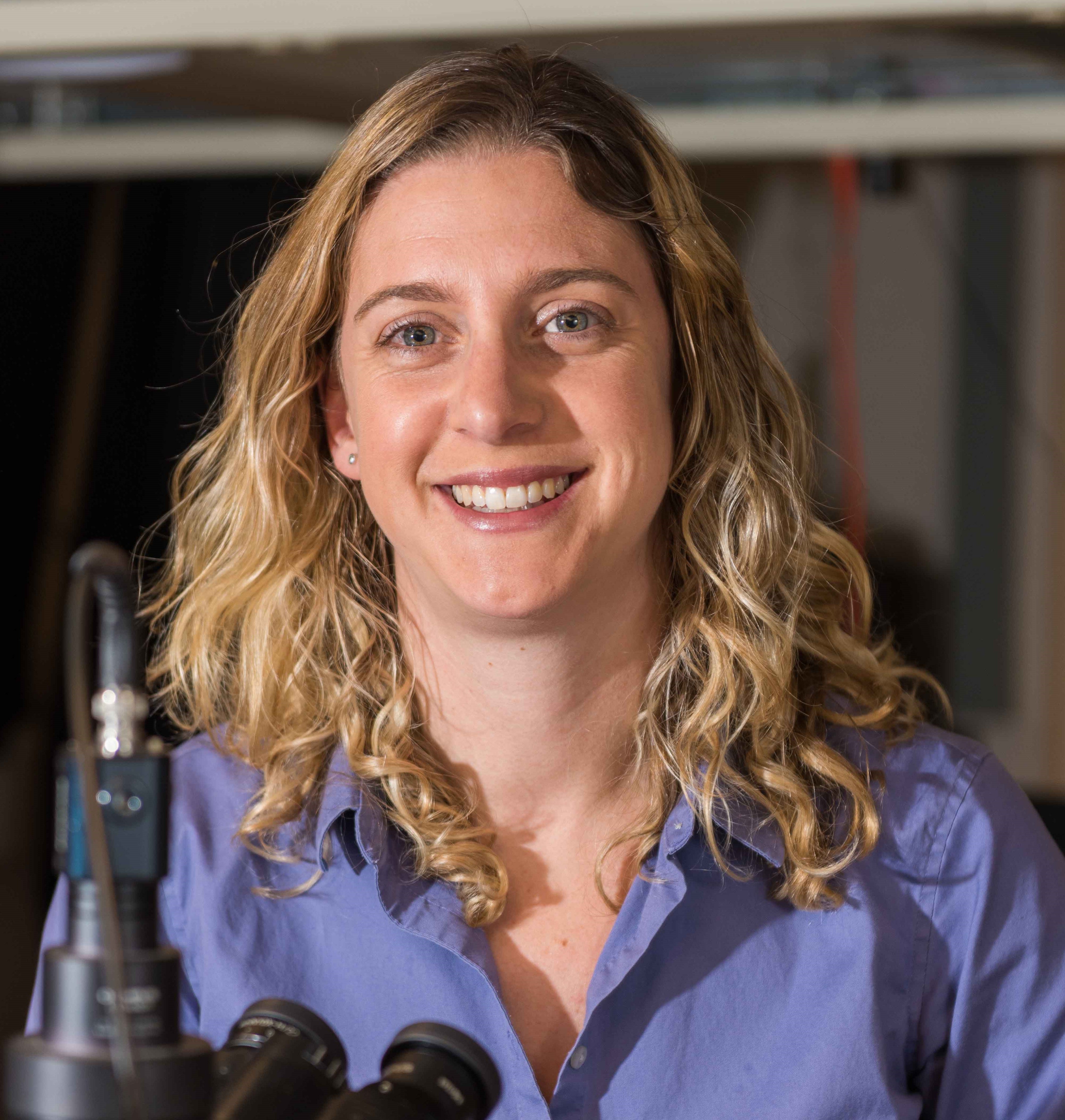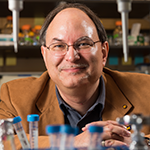Jennifer Ross, Ph.D.
Associate Professor, Department of Physics at UMass Amherst

Julie Biteen, Ph.D.
Assistant Professor, Biophysics and Physics at the University of Michigan

Title: Watching How Molecules Work Together Inside Living Bacteria Cells
Abstract: By beating the diffraction limit that restricts traditional light microscopy, single-molecule fluorescence imaging is a precise, noninvasive way to sensitively probe position and dynamics. Our lab has been developing new methods to locate, track, and analyze single molecules to measure structure, dynamics, and cooperativity in live bacterial cells. I will discuss how we are measuring the dynamical interactions essential for DNA mismatch recognition and DNA replication in living Bacillus subtilis cells to gain fundamental insight into the dynamical nature of DNA replication and repair in live cells
Wei Cheng, PhD
Associate Professor of Pharmaceutical Sciences, Biophysics, and Biological Chemistry at the University of Michigan

Title: Optical Trapping of a Single Human Virus
Abstract: Although Ashkin and Dziedzic first demonstrated optical trapping of individual tobacco mosaic viruses in suspension as early as 1987, this pioneering work has not been followed up only until recently. Using human immunodeficiency virus type 1 (HIV-1) as a model virus, we have recently demonstrated that a single HIV-1 virion can be stabled trapped, manipulated and measured in physiological media with single-molecule sensitivity. This technique allows us to study individual HIV virions and understand mechanisms of HIV-1 infection. The further development of this technique may permit multi-parameter analysis of nanoscale particles with potentially broad applications.
Kristen Verhey, PhD
A. Kent Christensen Collegiate Professor, Department of Cell & Developmental Biology
Interim Department Chair of CDB

Title: The Essentials of Kinesin Transport”
Abstract: Kinesin motors drive cargo transport along microtubule tracks in eukaryotic cells. Much work has been done to understand how kinesins utilize the energy of ATP hydrolysis to generate force and directional movement using single molecule assays. We build on this knowledge to understand how kinesins work in teams to drive transport in the crowded cellular environment.
Nils Walter, PhD
Professor, Department of Chemistry
Professors, Biophysics Research Division

Title: Single Molecules in Focus: From RNA Riboswitching to Silencing
Abstract: Nature and Nanotechnology likewise employ nanoscale machines that self-assemble into structures of complex architecture and functionality. Fluorescence microscopy offers a non-invasive tool to probe and ultimately dissect and control these nanoassemblies in real-time. In particular, single molecule fluorescence resonance energy transfer (smFRET) allows us to measure distances at the 2-8 nm scale, whereas complementary super-resolution localization techniques based on Gaussian fitting of imaged point spread functions (PSFs) measure distances in the 10 nm and longer range. First, I will describe a tool we developed termed Single Molecule Kinetic Analysis of RNA Transient Structure (SiM-KARTS) that detects the conformational changes of single riboswitch containing bacterial mRNAs upon sensing the metabolite preQ 1 1 . Second, I will illustrate how we demonstrated that ligand binding modulates cross-coupling between riboswitch folding and transcriptional pausing by the bacterial RNA polymerase. Third, I will describe a method for the intracellular single molecule, high-resolution localization and counting (iSHiRLoC) of microRNAs (miRNAs), a large group of gene silencers with profound roles in our body, from stem cell development to cancer 2-6 . Single microinjected, singly-fluorophore labeled, functional miRNAs were tracked at super-resolution within individual diffusing particles, revealing their sub-cellular trafficking. Finally, I will show how Single-Molecule Recognition through Equilibrium Poisson Sampling (SiMREPS) can precisely count single microRNA molecules in human blood serum as a new detection paradigm of clinical relevance.



